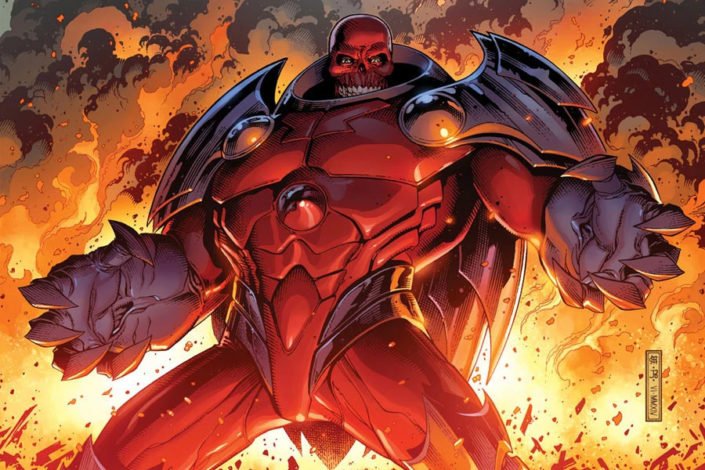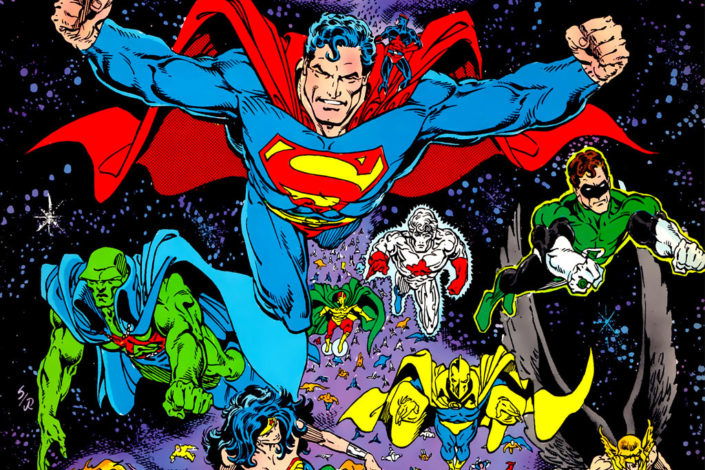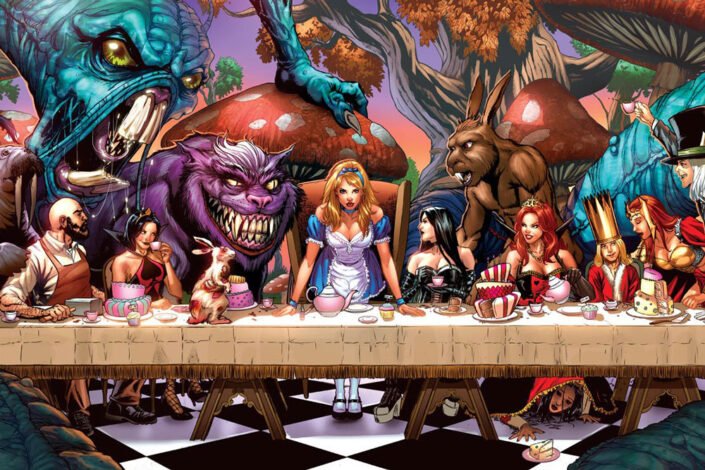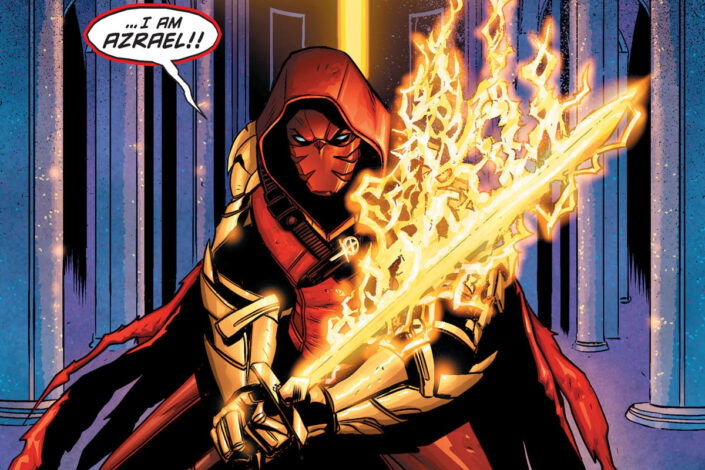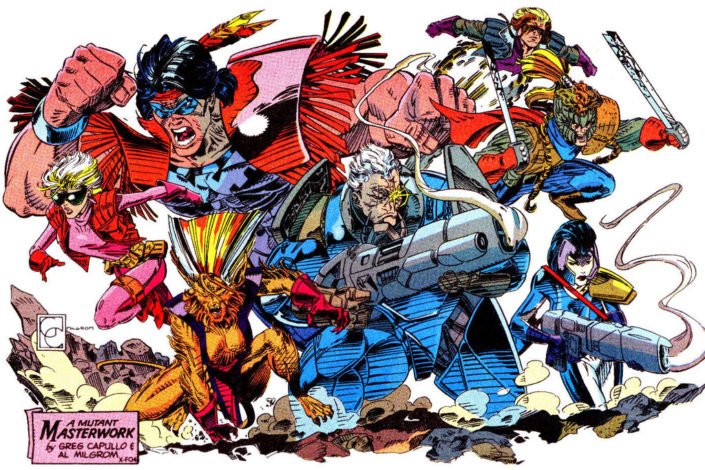Marvel Cosmic Reading Order, The Modern Saga by Dan Abnett and Andy Lanning (2004-2011)
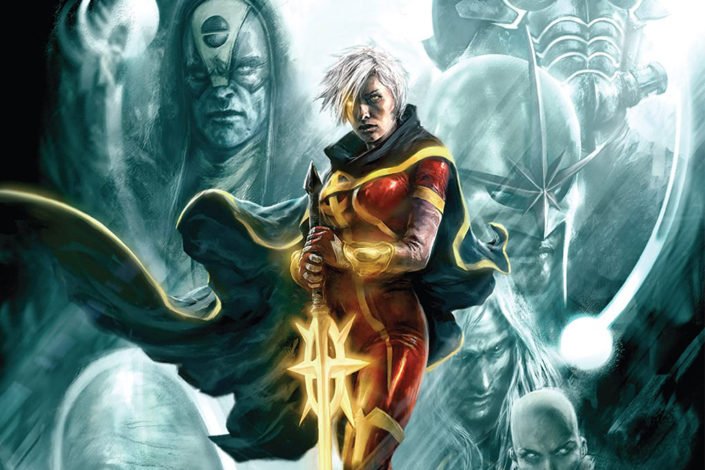
What is called “Marvel Cosmic” is mostly every story in the Marvel Universe not connected to Earth. It’s not the perfect definition, because it’s more about what’s connected to Thanos, The Guardian of the Galaxy, Nova, The Silver Surfer, and others. Well, it’s still not a very good definition. Today, we are talking about the cosmic saga that started in 2004 with the crossover event Annihilation. Orchestrated by Keith Giffen, this storyline relaunched most of the outer-space series from Marvel.
It was just the beginning as one crossover event led to the other, from Annihilation to Annihilation: Conquest, to War of Kings, to Realm of Kings to Annihilators. A huge saga that was overseen by Dan Abnett and Andy Lanning that reintroduced Nova & the Nova Corps, The Guardian of the Galaxy, and Ronan the Accuser. A captivating and epic story without the usual big names of the Marvel Universe.
We already published individual reading orders for the three main events (Annihilation, Annihilation: Conquest, and War of Kings), but here is a complete guide from that era.
What to read before the Marvel Cosmic Saga?
If you want to take a look back at the origins of some of the main characters used in the coming Annihilation saga, Marvel published a book for you:
- Annihilation Classic
Collects Bug #1, Tales To Astonish #13, Nova #1, Quasar #1, Rocket Raccoon #1-4, Marvel Spotlight #6, Logan’s Run #6, Marvel Premiere #1.
You can also explore the previous Marvel Cosmic Sage with our Jim Starlin’s Infinity Saga Reading Order.
Read More »Marvel Cosmic Reading Order, The Modern Saga by Dan Abnett and Andy Lanning (2004-2011)

